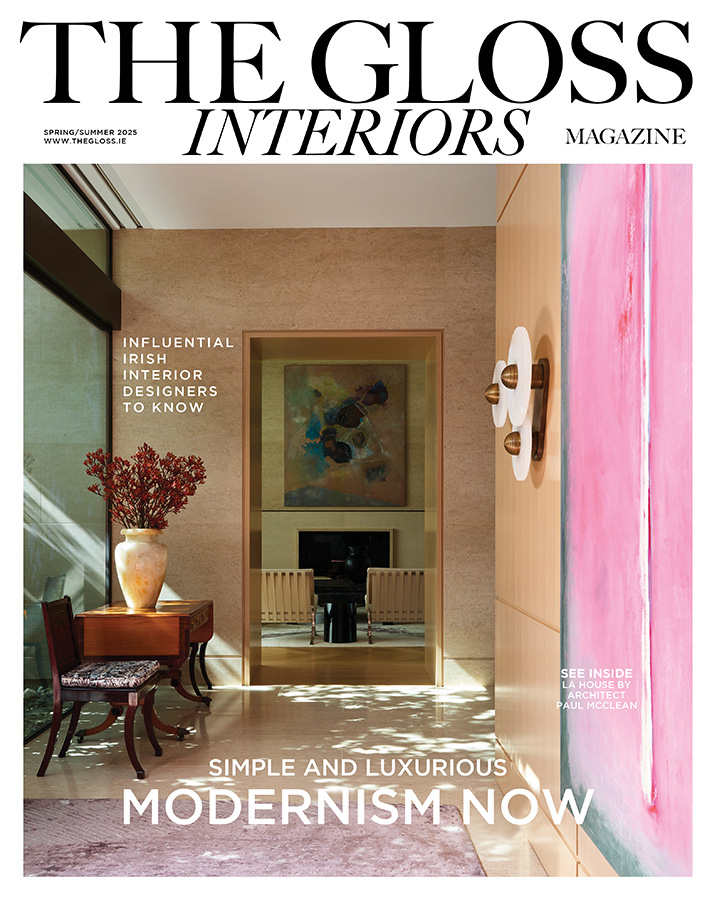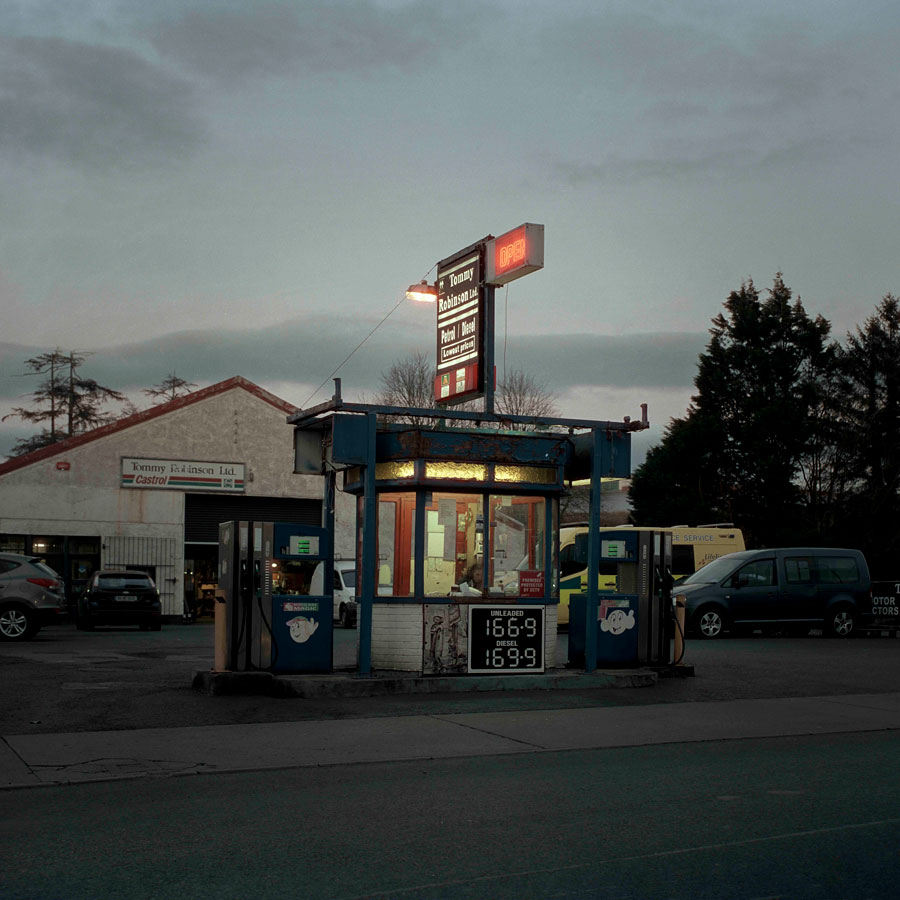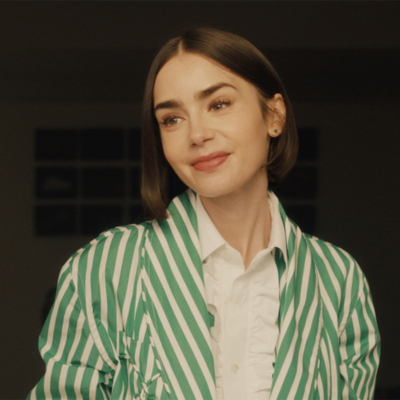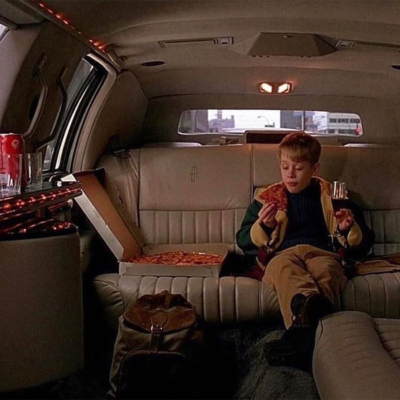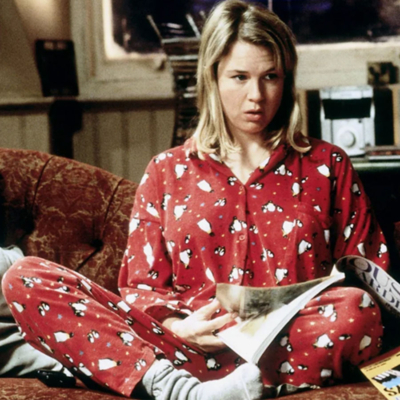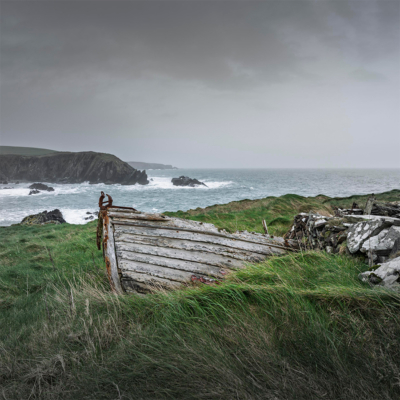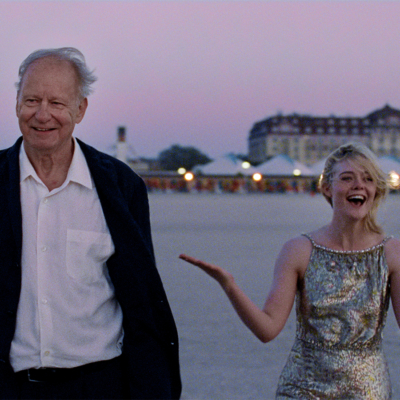Patryk Gizicki’s photographic series at Galway’s Outset Gallery explores themes of home, belonging and coming of age …
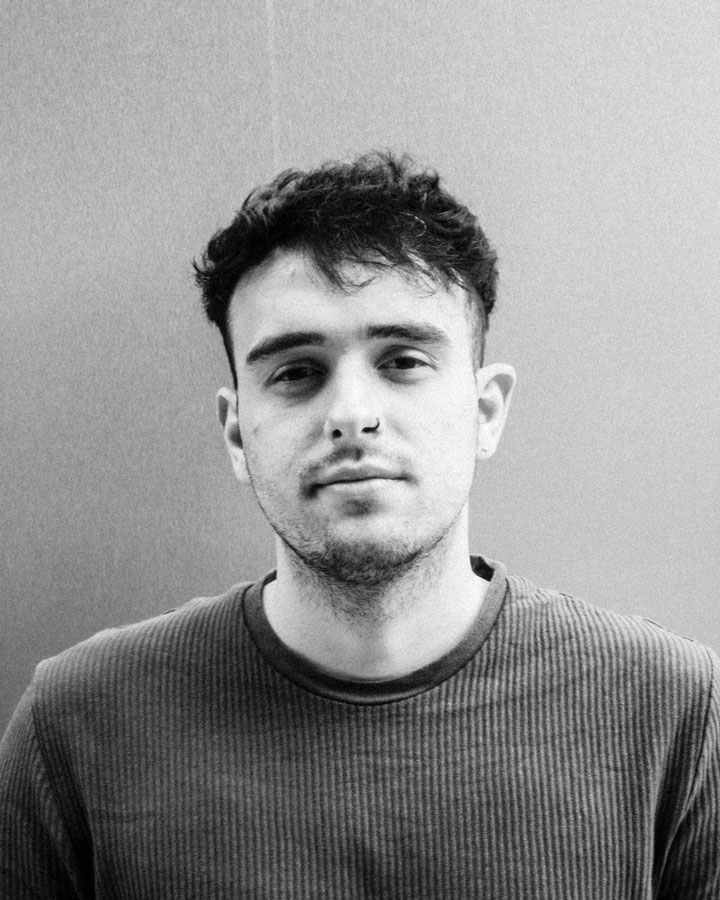
The title of your new exhibition Stay Forever More draws on the Green and Red of Mayo, The Saw Doctors’ anthem dedicated to the county where you grew up. When did you move to Castlebar?
I moved over from Poland when I was six, which was a shock to the system. I remember crying to my parents. I wasn’t even upset about being uprooted or losing family – I don’t think I understood that part yet. It was a fear of the unknown that affected me the most. My imagination was running away with me.
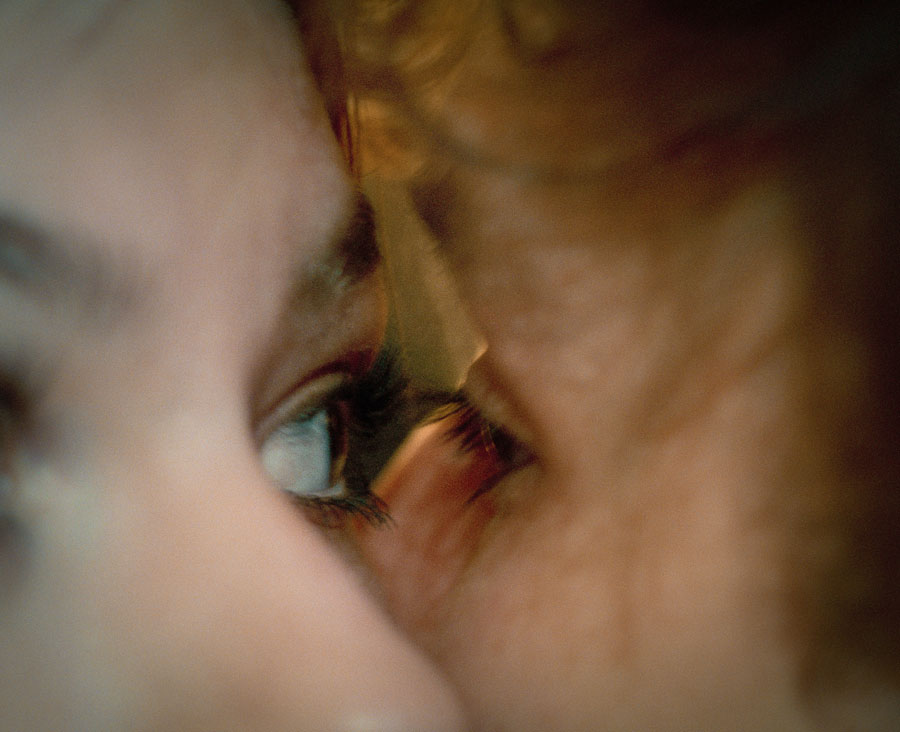
You’ve spoken about having conflicted feelings towards your hometown, which has inspired your work …
Moving to Castlebar was a formative experience. I ran into some tough situations. I was picked on for being different, but that wasn’t always down to being foreign. Being an artist is enough to make you stand out. Castlebar is a place of simplicity, but I love it. Overall, I had a really great childhood there. I met a lot of creative friends who I still hang out with now.
I recently discovered the term “third culture kids” through a photographer, Ying Ang, who moved from Asia to Australia. She thought that she was going to be a surfer kid, but in reality she experienced a lot of racism. She never belonged completely to one culture or the other. That blended identity makes you recognise the small differences. In rural Ireland, you make eye contact while passing a stranger and give them the nod. When I did that in Poland, they looked at me like I was crazy!
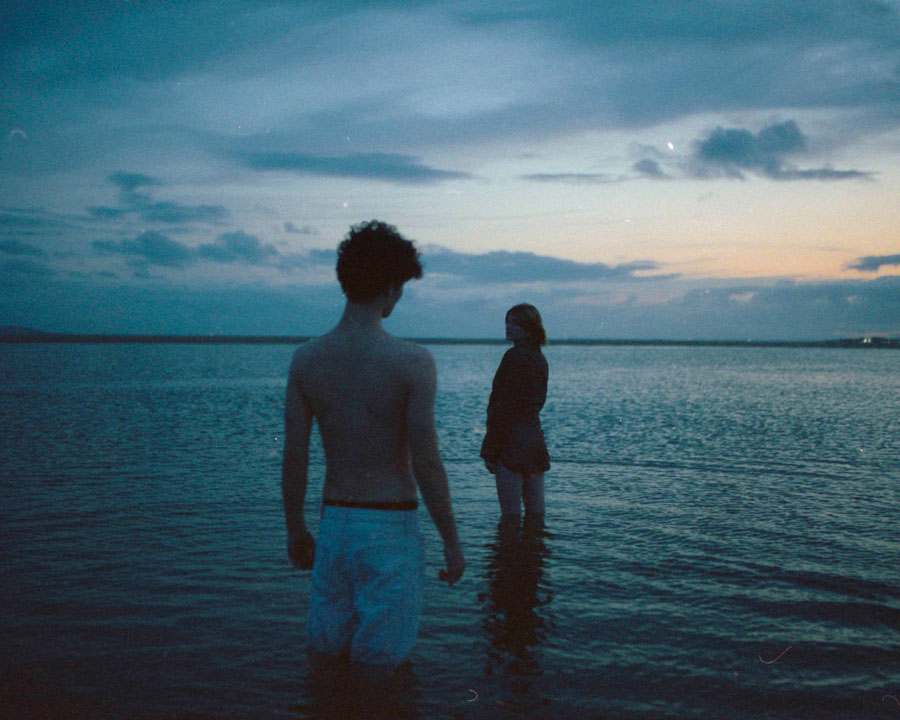
Do you see your practice as a visual diary?
I didn’t keep a diary in childhood, so my photographs are a visual diary in the past tense. I’m rediscovering memories through the hue of my current experiences. I often photograph my brother who was 17 when I started this project and he’s 20 now. I was an “emo” growing up and he’s in a similar alternative group. That intimate dynamic gives me a lens to tap back into those emotions. Having a sense of trust with the people I photograph has been great. I use a point-and-shoot camera, so most of my images are slow and meditative constructions.
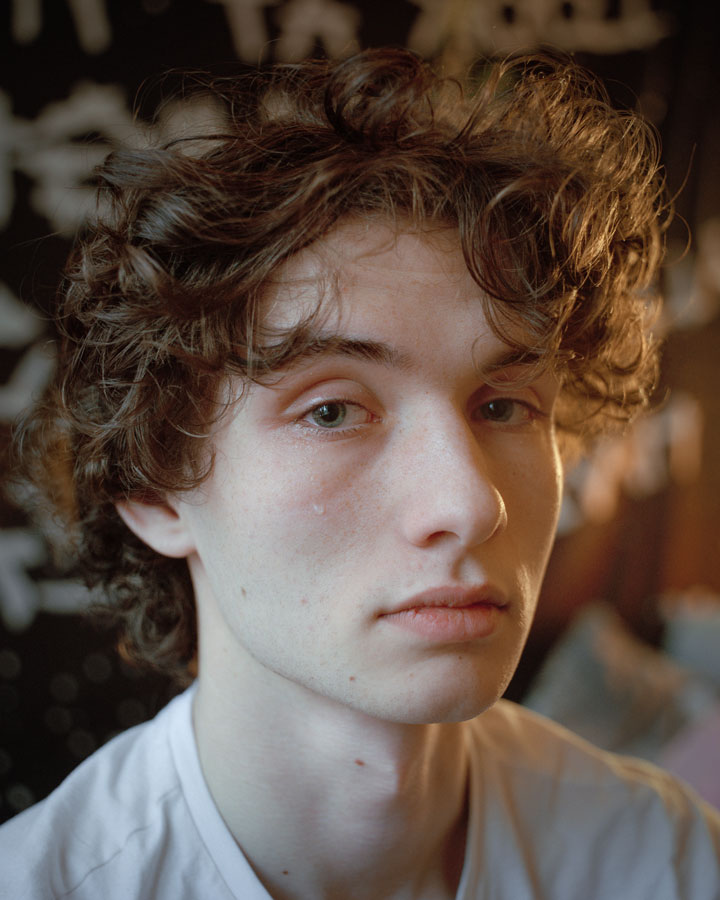
How important is collaboration to your creative process?
I’ve had some brilliant experiences working with other artists and creatives. Those experiences teach you to take other people’s considerations on board. For this show, I created a soundscape with Charlie McCarthy, a Galway bassist who plays in rock band Gurriers. We first met when we were teenagers. I’m currently collaborating with Francis Lawrence, a poet friend that I grew up with, who’s contributing notes from his diary during our teen years. His writing captures the raw emotions from that time, so it’s interesting to look back from his perspective. There’s also a letter from my ex-girlfriend in this exhibition that has been a part of the project since October.
“In the months prior to starting the project, my digital camera was stolen. So, I had no choice but to shoot analog for a couple months. From then on, it became a part of my practice.”

Can you tell us more about the light box frames designed for the exhibition?
I’ve loved the idea of light boxes since discovering the work of Canadian photographer Jeff Wall when I was younger. I usually work with artificial lighting like tungsten or street lights, so light box prints really immerse you in the glow of the scene and the gallery space.
I work as a printer at a frameworks company who I’m collaborating with to figure out a prototype for two light box prints. It’s fun to be a part of their development as they’ve almost completely disappeared from the fine art scene. You usually use a particular kind of chemical, darkroom print for light boxes, but that process is no longer available in Ireland. You can only get them made in London, so we’re trying to bring light boxes back through digital inkjet prints on matte paper. The project is already so aestheticised, so I like to lower the contrast a little and add more subtle tactility.
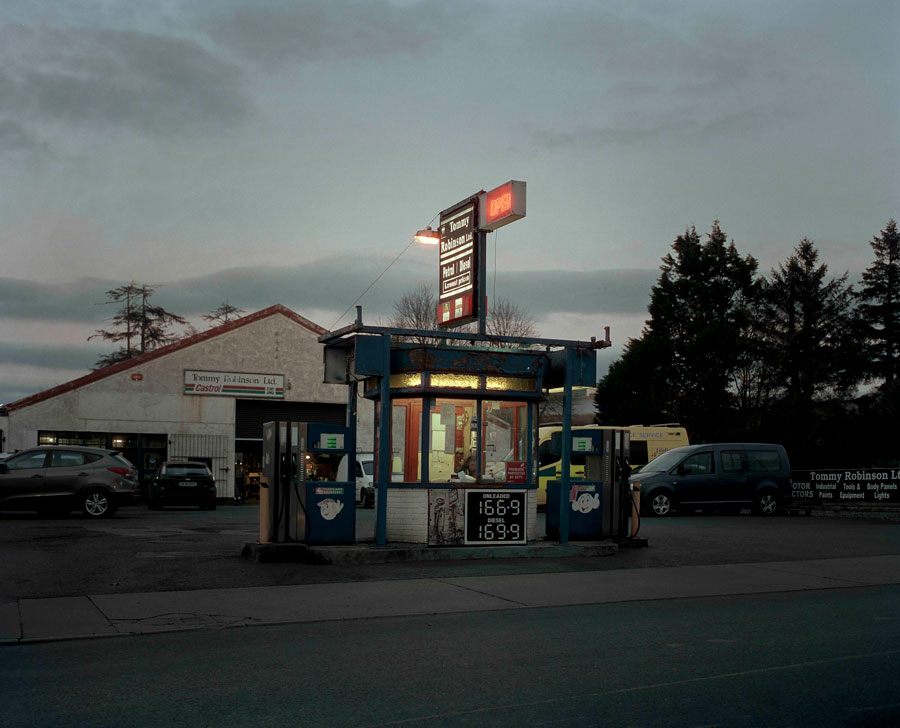
Does the use of colour in film allow for more emotional depth in your work?
All of my heroes, like American photographers Todd Hido and Alec Soth, shot on film. I use a waist-level, medium-format camera, so I can glance down into the viewfinder then look back at the sitter and hold that eye contact. When I’m able to have a face-to-face conversation, it creates a very different interaction. The other factor is the inability to self-censor. Everyone wants to see what they look like after a photograph is taken, but film doesn’t provide a preview. That delay creates a more intimate, raw image for a more authentic view.
We’re living in a fast-paced, digital culture of immediacy, but there’s no rushing through the chemical process of developing film. The process gives me a reason to sit with an image for a long time.
Need to know: Stay Forever More, Outset Gallery in Galway until August 24 . @patrykgizicki
Adapted from an interview by Meadhbh McNutt.




